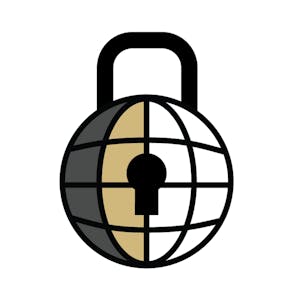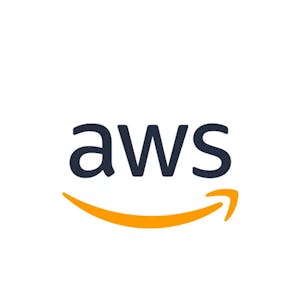Cybersecurity Policy for Water and Electricity Infrastructures
About this Course
This course will examine the drinking water and electricity infrastructures, and various policies that have been developed to help guide and strengthen their cybersecurity programs. The drinking water and electricity infrastructures are two of fourteen subsectors comprising what are known as \"lifeline infrastructure\". The 2013 National Infrastructure Protection Plan identifies four lifeline infrastructure sectors: 1) water, 2) energy, 3) transportation, and 4) communications. These sectors are designated \"lifeline\" because many other infrastructures depend upon them. The drinking water subsector is part of the water sector, and the electricity subsector is part of the energy sector. Both subsectors are overseen by the Department of Homeland Security National Protection and Programs Directorate which manages the DHS National Infrastructure Protection Program. The NIPP employs a five-step continuous improvement program called the Risk Management Framework. NIPP implementation is overseen by DHS-designated Sector-Specific Agencies staffed by various Federal departments. The Sector-Specific Agencies work in voluntary cooperation with industry representatives to apply the Risk Management Framework and document results in corresponding Sector-Specific Plans. The program began in 2007 and the most recent Sector-Specific Plans were published in 2016. In February 2013, President Obama issued Executive 13636 directing the National Institute of Standards and Technology to develop a voluntary set of recommendations for strengthening infrastructure cybersecurity measures. EO13636 also asked Federal agencies with regulating authority to make a recommendation whether the NIST Cybersecurity Framework should be made mandatory. The Environmental Protection Agency who is both the SSA and regulatory authority for the drinking water subsector recommended voluntary application of the NIST Cybersecurity Framework. The Department of Energy who is both the SSA and regulatory authority for the electricity subsector replied that it was already implementing the Electricity Subsector Cybersecurity Capability Maturity Model, which indeed was what the NIST Cybersecurity Framework was based on. The Department of Energy, though, recommended voluntary application of the ES-C2M2. This module will examine both the drinking water and electricity lifeline infrastructure subsectors, and elements and application of the NIST Cybersecurity Framework and ES-C2M2.Created by: University of Colorado System

Related Online Courses
The Measurement and Analysis course delves into the essential aspects of tracking, analyzing, and optimizing marketing efforts to drive success. Throughout the course, you will gain a solid... more
This two-module Social Media Marketing program prepares you for entry-level digital marketing and e-commerce roles. You\'ll learn to attract and engage customers through various social channels and... more
Finding and hiring the right people is often cited as the number one concern of businesses today. It seems we are all competing for the best and brightest workers. As you will see in our time... more
With Amazon Elastic Container Registry (Amazon ECR), you can store, share, and deploy your container software anywhere. Amazon ECR is a fully managed container registry offering high-performance... more
In the \"Online Influence and Persuasion\" course, learners will explore the intricate dynamics of social media through the lens of Social Network Analysis (SNA). This course is designed to equip... more








